Coconut Chutney
Per request from one of our dear forum member, I will feature the humble Coconut Chutney in today’s blog.
How many coconut chutney fans are out there? Is there any reason why coconut chutney is the most popular chutney to go with tiffin in the South Indian cuisine?
Contrary to common belief, coconut is really healthy for your heart! There are many research articles (and living proof – I meant all dear Keralites who are amongst the healthiest folks) that adding fresh coconut/ oil in one’s diet is very beneficial. Experts believe that coconut protects against heart disease by increasing good cholesterol and lowering the ratio of bad and good cholesterol. I would like our Kerala (and Goan) friends to step in and share more health benefits about having coconut as a stable addition in the diet.
Idli with Coconut Chutney is one of my favorite comfort food combination (along with Dal and Potato fry!). But I have some people comment that they easily get bored with the coconut chutney, not anymore if you follow the 30 tips and variations under the Notes section (thanks to dear forum friends for sharing some of the below tips). And let me be honest, I think you and me can grow this tips list even longer, please keep them coming!
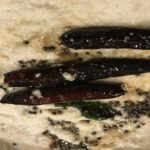
Coconut Chutney
With 30+ tips and variations to jazz up the humble coconut chutney!
Ingredients
For chutney
- 1 cup Coconut scrape
- 1/4 cup Pottu kadalai/ dalia split
- 4 Green chilies
- 1/4 inch Ginger
- Salt to taste
For seasoning
- 1/4 tbsp Mustard seeds
- 1/4 tbsp Urad dal
- 2 Red chilies
- 1 sprig Curry leaves
- 1 tsp hing
- 1 tbsp Oil
Instructions
-
In a food processor, combine coconut scrapes, pottu kadalai (dalia split), green chilies, chopped ginger, salt, water and grind it to the consistency you like.
-
Season using sesame oil, mustard, red chilies, urad dal, curry leaves and hing.
-
Be sure to check out/ try the 30 tips/ variations listed under the Notes section!
Recipe Notes
30 tips/ variations
- Obviously coconut chutney tastes best when made with fresh coconut. But if you do not have fresh coconut, you can substitute with either frozen coconut, dry coconut, or coconut powder.
- Coconut chutney can be made with either green chilies or dry red chilies, or both combined.
- My mother-in-law grinds some green chilies first and takes out some in a small bowl and then continues to make the chutney. Whoever wants extra spice to their chutney can add some green chili sauce and mix and enjoy!
- Some tamarind juice can be added to enhance the taste.
- I sometimes add cherry tomatoes when making coconut chutney, it gives an awesome tangy taste when made with red chilies (my dad’s recipe).
- Instead of pottu kadalai/ dalia split, you can dry roast chana dal and grind the chutney along with red chilies (green chilies will not work with this version). This is my mom’s very yummy variation created out of necessity whenever we ran out of pottu kadalai/ dalia split at home. I like this version so much, I sometimes make the chutney with roasted chana dal even though I have dalia split in my pantry.
- You can make coconut chutney without any dalia split too (generally big hotels make coconut chutney like that).
- You can add handful of either mint or coriander leaves or curry leaves (just one item or any combination) to give the coconut chutney a slight greenish tint and flavor.
- My dad sometimes add few garlic cloves when making the coconut chutney.
- One tbsp. of raw or roasted peanuts can be added.
- My wife loves to add some grated carrots when making the chutney.
- One of our friend makes an awesome coconut chutney by adding some milk to it!
- And I heard someone adds some yogurt when making this chutney!!
- For a creamy texture, you can add some oil (preferably sesame oil).
- You can add some hot water especially if the coconut is not at room temperature and if taken out from the fridge or freezer to breakdown the oils in the coconut.
- Coconut chutney can be enjoyed plain without any tadka (seasoning) also!
- Skip the urad dal in the tadka if you are not going to finish the chutney immediately (urad dal will be crispy for few mins and then become soggy).
- You can make the tadka and store it separately and add it just when serving.
- You can also use jeera seeds for tadka, that produces a different taste.
- And I have seen some people use chana dal also in the tadka!
- You can make coarse tadka podi and add it just before serving for a “crispy” chutney (Coarse tadka podi: Prepare tadka using sesame oil, mustard, red chilies, extra urad dal, curry leaves and hing. Cool the tadka and grind it into a coarse powder in mixie).
- You can drizzle sesame oil over coconut chutney when eating it. Gives extra flavor, and also brings down the spice level a bit if kids are complaining.
- Can add 2 or 3 tbsp. of roasted sesame seeds to the chutney. Please use red chilies when using sesame seeds. And sesame seeds especially make the chutney more palatable when made with frozen coconut (tip learned from dear friend).
- My mom makes this awesome “onion” based tadka when she makes the coconut chutney with red chilies. Just use a handful of chopped shallots during tadka and it tastes divine. But I use extra onions as I like the crunchiness and flavor of the fried onions from the tadka.
- One of the friend commented that cashews and jeera can be ground when making the chutney!
- You can try different consistencies for the chutney – very thick, thick, thin, watery… each one brings out a unique experience when eaten with food.
- Speaking about consistency, my mom sometimes makes “watery” chutney with "more" dalia split added (than normal). We used to just soak idlis or dosas in that big bowl of chutney (or pour the chutney over the idlis) and enjoy!
- Reheating instructions for leftover chutney: microwaving tends to “cook” the coconut and thus spoils the taste. Some workaround – take the chutney and leave it outside for some time, or put the chutney in a container and run hot water from tap over it, or add some warm water and stir, sometimes I add some more ingredients to the leftover chutney and make more chutney, or do some fresh tadka (the hot tadka and oil helps a bit to melt the hardened coconut fat), or in the worst case, microwave (or thaw) only for 10 seconds or so. Make sure the dish you are going to enjoy the leftover chutney with is very hot and you should be ok as well!
- I have a manual coconut grater that I bought from Amazon that is very easy to use. I use this and scrape extra coconut and store some in the fridge and freezer to use them later. Search in Amazon for “Coconut Grater Scraper Manual Rotary Grater Shredder” from Odiris. Very handy tool. You can buy any other brand as well. The homemade frozen coconut taste almost like fresh, and it is worth the effort.
- Last but not least, the most important thing for a good coconut chutney is “good coconut”. I mean it! Before making the chutney, always taste little bit of coconut first to see if the coconut is good and not spoiled. Just to be safe, I always buy extra coconut because in spite of best efforts, you can end up with a rotten coconut! So, if the coconut is not good, these 25 tips are not going to save your chutney! Drop out the idea of making coconut chutney then and go and make some tomato chutney instead!


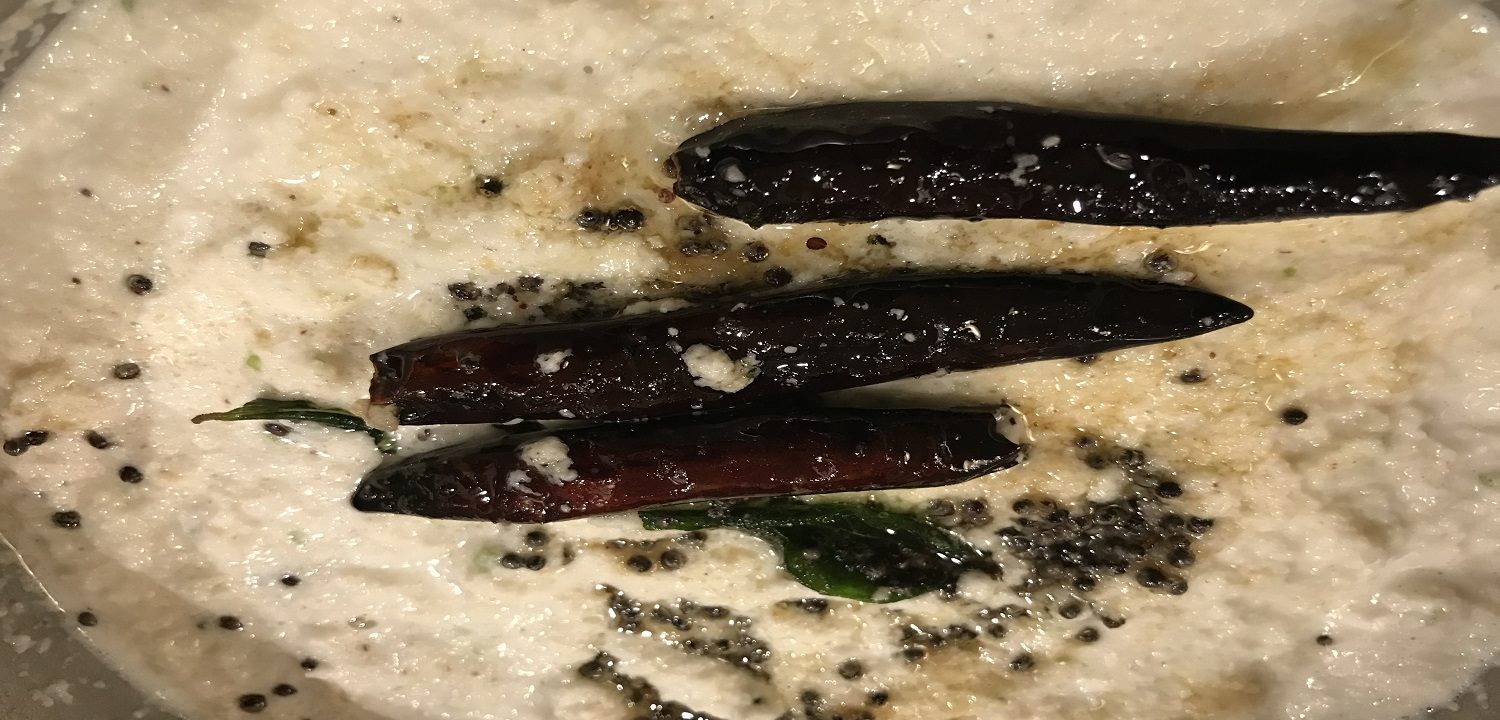
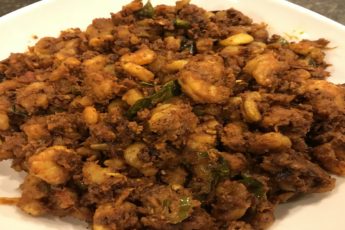
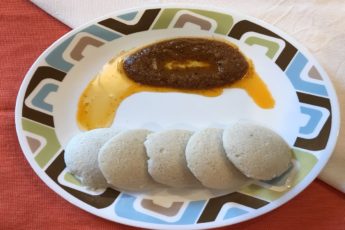
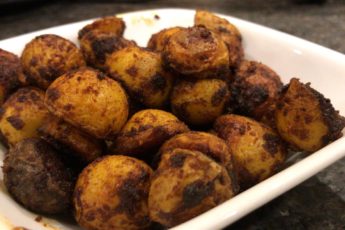
 Hello, my name is Senthil. I am a passionate food blogger from Houston, Texas. This is my online kitchen, and I will be cooking delicious recipes for you, provide kitchen tips that I have learned over the years, and share personal stories and fond memories around food. Keep checking out for new stuff!
Hello, my name is Senthil. I am a passionate food blogger from Houston, Texas. This is my online kitchen, and I will be cooking delicious recipes for you, provide kitchen tips that I have learned over the years, and share personal stories and fond memories around food. Keep checking out for new stuff!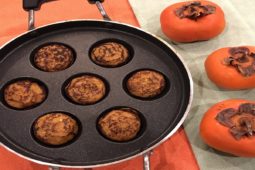
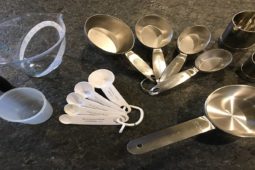
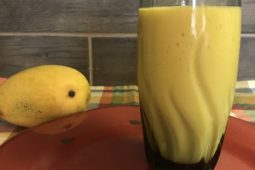
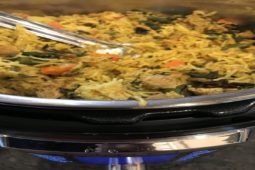
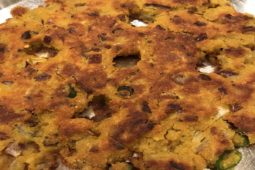
Leave a Comment